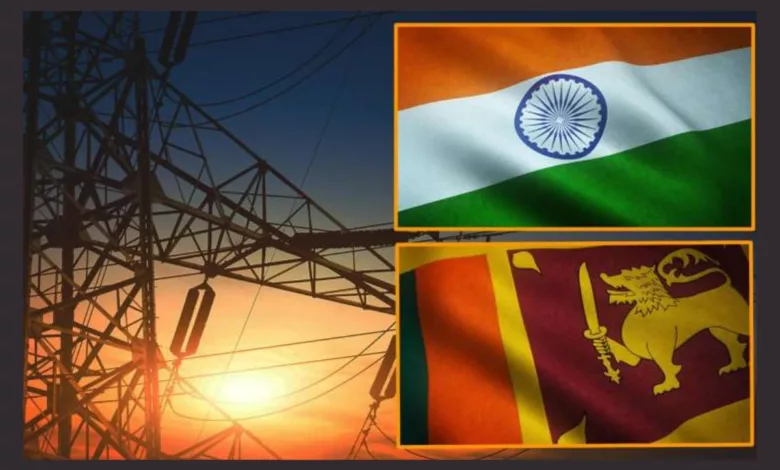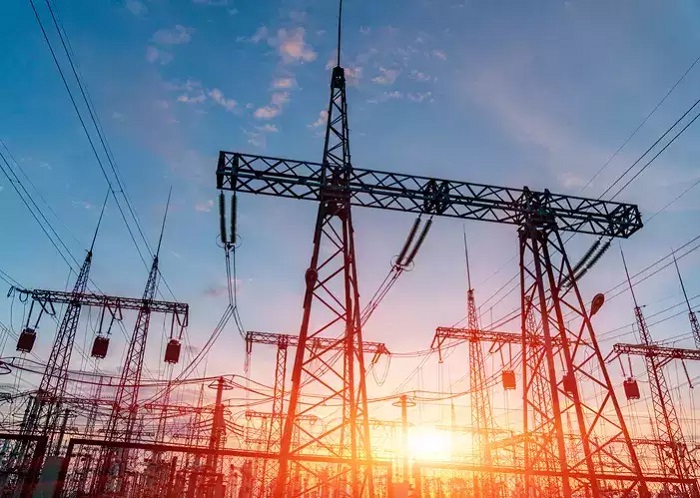India And Sri Lanka To Sign Power Grid Linking Pact Within 2 Months: Envoy.
The crisis hit the island nation and requires help from its neighbor India.

The largest trading partner of Sri Lanka is India, with bilateral trade between the two countries estimated to be $5 billion in 2021. As the island nation searches for a way to emerge from its worst economic crisis in decades, Sri Lanka and India will sign a deal to link their electricity systems and begin talks on an improved trade agreement within two months, a Sri Lankan ambassador said.
The crisis hit the island nation and required help from its neighbor.
Since the crisis began early last year, India has donated almost $4 billion to its southern neighbor, but Sri Lanka is now looking to expand trade and investments as it prepares to settle a $2.9 billion loan from the International Monetary Fund, the country’s envoy to New Delhi recently said.
The development of the island’s renewable energy resources in the north, from which power may be sent into southern India through a cross-border transmission line, is a crucial component of Sri Lanka’s economic recovery strategy. When the two nations’ discussions to join their energy networks were renewed last year, the Sri Lankan representative stated that a feasibility study would be conducted if a memorandum of understanding on the project was signed.

The initiative has made little headway thus far since it was first put out more than ten years ago. But, Sri Lanka wanted to get the transmission line built within two to three years so that India could purchase the renewable energy generated on the island. Electricity will be the best source of additional foreign cash for them.
As part of an effort by Sri Lanka to reach agreements with important commercial partners like China and Thailand, the neighbors will also begin discussions in the coming weeks on improving an existing free trade agreement, according to their Sri Lankan counterpart.
India’s helping hand to neighbors.
In addition to providing energy to Bangladesh and Nepal, India has been working to build a worldwide electrical system that will initially connect Southeast Asian nations with the subcontinent, including Vietnam, Burma, Thailand, Cambodia, and Laos. Indian energy diplomacy measures include putting up liquefied natural gas facilities, supplying petroleum products, and engaging in cross-border power commerce.
Despite objections from the Sri Lanka Power and Energy Ministry and engineers from the Ceylon Electricity Board (CEB), India is pressing for the construction of its first underwater power transmission project with Sri Lanka.

The feasibility study for connecting the electricity grids of India and Sri Lanka, which calls for the establishment of a high-voltage direct current transmission system involving underwater transmission between the two nations, was completed by India’s Power Grid Corporation of India Limited in 2011.
The feasibility study report noted that by 2014, power may be delivered at a discount from India to Sri Lanka through a submarine cable buried beneath the ocean. Officials from the CEB have expressed opposition to the proposed project with India, stating that Sri Lanka will need to follow any requirements set forth by the Indians for the execution of the power project. They asserted that this may be a tactical move to offset the expanding Chinese presence in the Indian Ocean.
According to the project plan, Power Grid and the Ceylon Electricity Board would work together to execute the 250–300 km power link, which will include submerged cables across a distance of more than 50 km. By the end of the year, the Lankan side’s comprehensive feasibility report is anticipated to be finished. The line should be able to handle 1,000 MW. The two nations will be able to exchange surplus electricity thanks to the power link, which includes undersea cables across a 50-kilometer span.
India-Sri Lanka Relations.
Sri Lanka’s nearest neighbor is India. The two nations have had a close association for more than 2,500 years, and both have built on a history of intellectual, cultural, religious, and linguistic exchange. The relationship has recently been characterized by tight political contacts, expanding commerce and investment, collaboration in the areas of development, education, culture, and defense, as well as a deep understanding of the most important global concerns.

The last call.
The potential for producing energy and power from renewable sources as well as the amount of trade between nations demand specific focus and consideration. Collaborations and cooperation in the regions for regional energy integration would prove advantageous for accelerating the deployment of renewable energy and quickening the transition to clean energy in light of geopolitical turbulence that causes disruptions in the energy market and the risks associated with climate change.
Edited by Prakriti Arora



